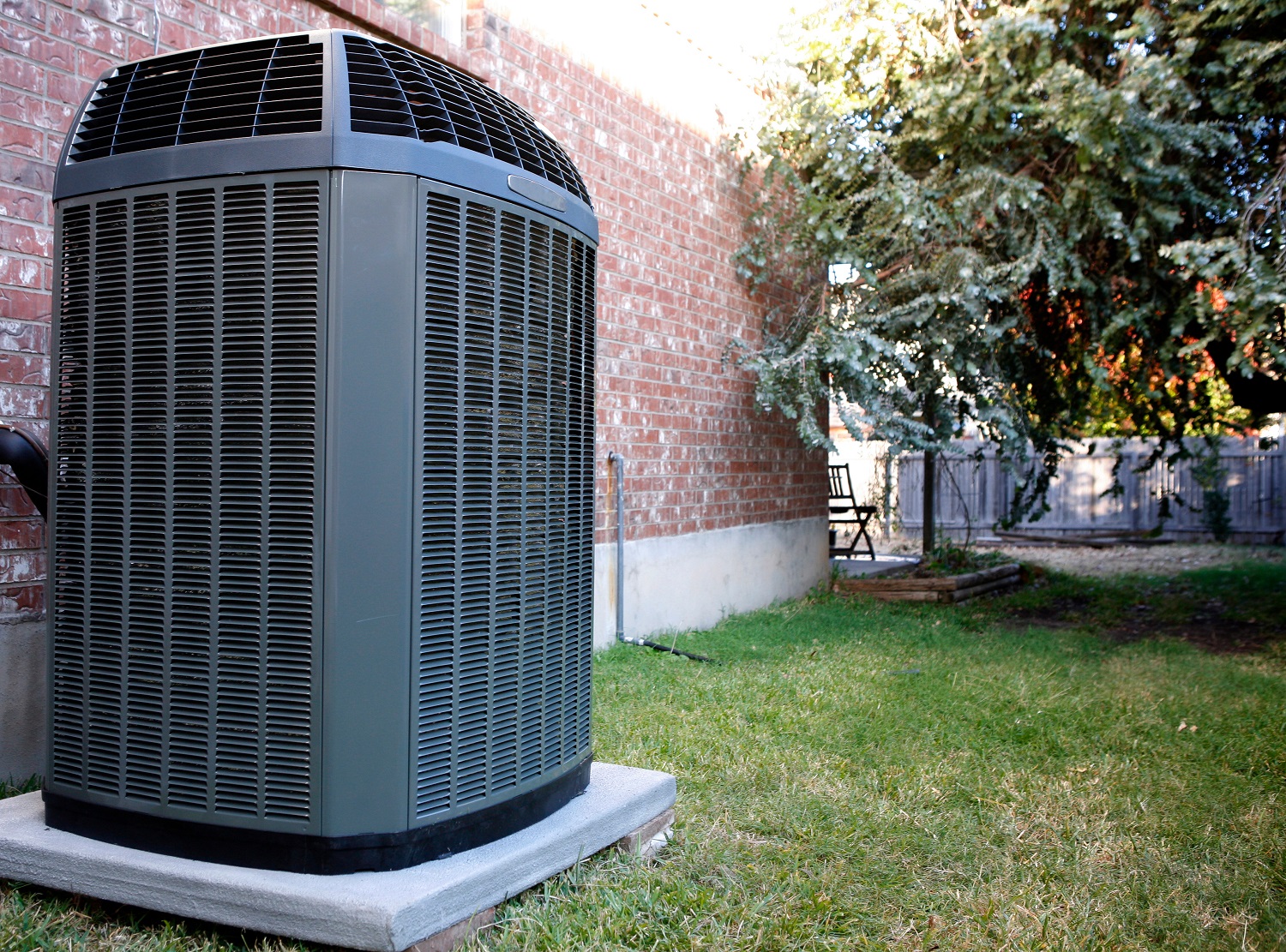A surge is a sudden, quick increase in voltage. Though usually small and unnoticed by you, over time these surges can damage sensitive electronic equipment. In an average home, these small surges can occur many times a day.
Yes, refrigerators, freezers, furnaces, copier machines, laser printers, hair dryers, dishwashers, vacuum cleaners, and power tools—just to name a few—are responsible for creating surges.
Surges created by a storm or single lightning strike near your home can seriously damage electronics. Power lines and utility poles that are damaged by animals, fallen tree limbs, and car accidents can also cause surges. Surges can enter your home through telephone, CATV, or power lines.
You can start with installing a “circuit panel” or “service entrance” style surge protector (also referred to as a surge suppression device) in your home. This device either reduces electricity spikes, or stops them from entering the house all together. This will protect your larger appliances, such as ranges, water heaters, washers, dryers, dishwashers and motors. A qualified electrician or your local utility can ensure proper installation. Proper installation is key because even the best surge protector in the world is useless unless it is correctly installed.
But don’t stop here! To further protect your electronic equipment against surge damage, you need to install a surge protection device within fifteen feet of that equipment. This can be done with a simple plug-in unit or one that wires directly to your equipment.
The best way to protect yourself form surges is through the combination of service entrance surge protectors, and additional protection 15 feet from electronics.
Not necessarily. Damaging surges can enter your home through phone and cable circuits just as easily as power lines. The same rule applies as before: protect your phone and cable cords within fifteen feet of your equipment. At locations that combine electric power with either cable television or telephone, make sure that the surge protector protects everything.
Yes. A surge protection device is only as effective as the electrical grounding circuit that is made available to it. Surge protection devices divert surge current to grounding wires in your home and then ultimately to earth where they are safely diverted away from your equipment.
A qualified electrician or your local utility can make that determination for you. Since most permanently wired surge protectors will require an electrician for installation, this may be a good time to have your grounding examined. Additionally, surge protection strips are only effective if used on three-prong (grounded) outlets.
No. Like most products, surge protectors vary in quality. Careful attention must be paid to how a surge protector meets your requirements. Read the information on the box carefully and consult the information under the "Surge protector checklist" heading.
Look for surge protection devices that carry a “UL 1449” label. Surge protectors also carry a “joule” and/or “surge-current” rating. The higher the rating of these two categories, the better is the quality of the internal surge-stopping components. Another important performance characteristic is the “clamping voltage.” This is the voltage that the surge protector will let through to your equipment before it diverts it to ground. A quality device will have status lights that will display correct input wiring configuration and failure indicator lights or buzzers to signify whether the device is working properly. See the "Surge Protector Checklist" tab for more information.
Expect to pay about $45–$100 for a higher quality eight-outlet plug strip with an internal phone protector. Stay away from those $8 specials. A residential circuit panel-mounted surge protector of higher quality will cost in excess of $100.
No. A variety of conditions can indicate that it is time to replace surge protectors. Two of the most prevalent signals are a failure indicator light going off and/or a buzzer sounding. Some surge protection strips are also designed to permanently turn off upon failure.
Contact NGEMC's Energy Services team who can provide information about proper selection, installation and use.
It is highly recommended that a surge protection device incorporates phone/modem and/or coax protection to cover all plug-in connections and any given piece of electronic equipment.
Most surges are caused by operational or electrical problems with equipment like compressors, motors, elevators, air conditioners, pumps, etc. Faulty wiring can also cause surges or load imbalances that damage equipment and electronics.
Surges caused by voltage disturbances outside the building can reach equipment through telephone, cable television or power lines. External causes of surges include storms, lightning, wind, accidents, equipment damage or failure, wildlife and vegetation.
Surge protection installed at the service entrance, distribution panels and points-of-use may reduce business downtime and help prevent damage to costly equipment:
Power or voltage surges are brief bursts of energy caused by a sudden change in the electrical conditions of a circuit. Surge suppression devices regulate the voltage supplied to an electric device either by blocking excess voltage or diverting it to ground.
Surge suppression devices do not provide back-up power. An uninterruptible power supply (UPS) is a device that provides almost instantaneous temporary power when a permanent power source fails.
A UPS does not function as a standby generator or emergency power system, but works long enough to properly shut down protected equipment or to bring an auxiliary power source on line. A UPS is used to protect computers, data centers, telecommunications equipment or other electrical equipment where an unexpected power disruption could cause injuries, data loss or disrupt business processes.
Make sure that all systems have a common ground and enter the building within a few feet of each other. A qualified electrician and NGEMC can help determine if you have adequate grounding at your facility. Install surge protection in layers at different points in the electrical system:
Choose a product with the following features and information on the product packaging:

La financiación a bajo interés y tasa fija está disponible para bombas de calor energéticamente eficientes instaladas a través del programa TVA EnergyRight® de NGEMC.
Las instalaciones son realizadas por un miembro de la Red® de Contratistas de Calidad de TVA e inspeccionadas por un técnico de energía de TVA.
Puede financiar el aislamiento del ático y los conductos (sin instalación de bomba de calor). Reembolsos disponibles a través de TVA a partir del 1 de octubre de 2023 con artículos de eficiencia calificados. Llame a NGEMC para obtener más detalles.
Regístrese en línea o llame al 1-855-237-2673.
Low interest, fixed-rate financing is available on energy efficient heat pumps installed through NGEMC’s TVA EnergyRight® Program.
Installations are made by a member of the TVA Quality Contractor Network® and inspected by a TVA energy technician.
No penalty for early pay-off; monthly installments are added to your electric bill.
We also finance attic insulation and duct work (without heat pump installation).
*Rebates are available through TVA beginning on October 1, 2023. Call NGEMC for more details.
Want to fill out an application for NGEMC’sTVA EnergyRight® Program? Find the application here.

A TREE LINE USA UTILITY
North Georgia EMC is an equal opportunity provider and employer.
North Georgia EMC es un proveedor y empleador que ofrece igualdad de oportunidades.
Copyright © 2025 Company Name - All rights reserved
